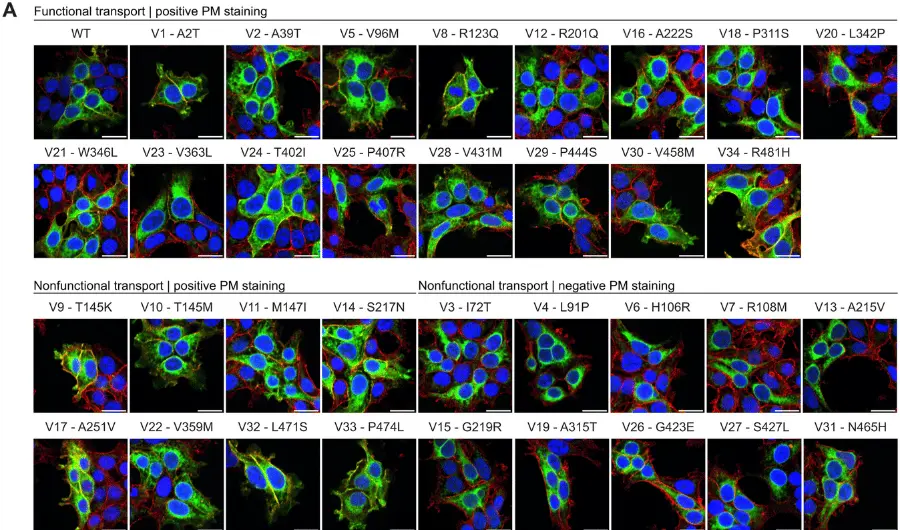High Long-Term Mortality After Incident Status Epilepticus in Adults: Results from a Population?Based Study
November 13, 2018
Objective
To determine annual incidence, etiology, severity, and short- and long-term mortality of first-time, nonanoxic status epilepticus (SE) in adults in a population-based retrospective cohort study.
Methods
Researchers systematically identified all episodes of SE in the year 2014 on the island of Funen. Patients with SE due to anoxia, patients with recurrent SE, and patients <18 years old were excluded. Nonconvulsive SE in coma was diagnosed according to the Salzburg criteria. Etiology, semiology, modified Rankin Scale (mRS) at discharge, survival, and the Status Epilepticus Severity Score were retrospectively determined from patients’ records. Patients with first?time nonanoxic SE diagnosed during 2008-2013 from our database (n = 88) were used to confirm the results.
Results
The incidence of first-time, nonanoxic SE in 2014 was 10.7/100 000 persons at risk (n = 41). Median Status Epilepticus Severity Score was 3; in-hospital mortality was 24.4%. After median follow-up of 39.2 months, 53.7% of the patients had died (age- and gender-adjusted mortality rate of 5.2/100 000). Mortality stabilized 2 years after diagnosis. Analysis of the cohort from 2008-2013 confirmed stabilization of survival after 2-3 years and the high mortality 2 years after discharge. When correcting for acute symptomatic causes, the in-hospital mortality was 16.7% and 46.7% at follow-up (crude mortality rate of nonhypoxic and nonacute symptomatic SE = 3.5/100 000). An exploratory multivariate analysis of pooled patients with SE from 2008 to 2014 revealed mRS – 2 at discharge as a prognostic factor for long-term mortality.
Significance
In this cohort, the overall mortality of first-time nonhypoxic SE was >50%. Mortality of SE after discharge was substantially higher than in-house mortality and stabilized after 2 years. The degree of disability as indicated by mRS at discharge was associated with long-term mortality after discharge.







